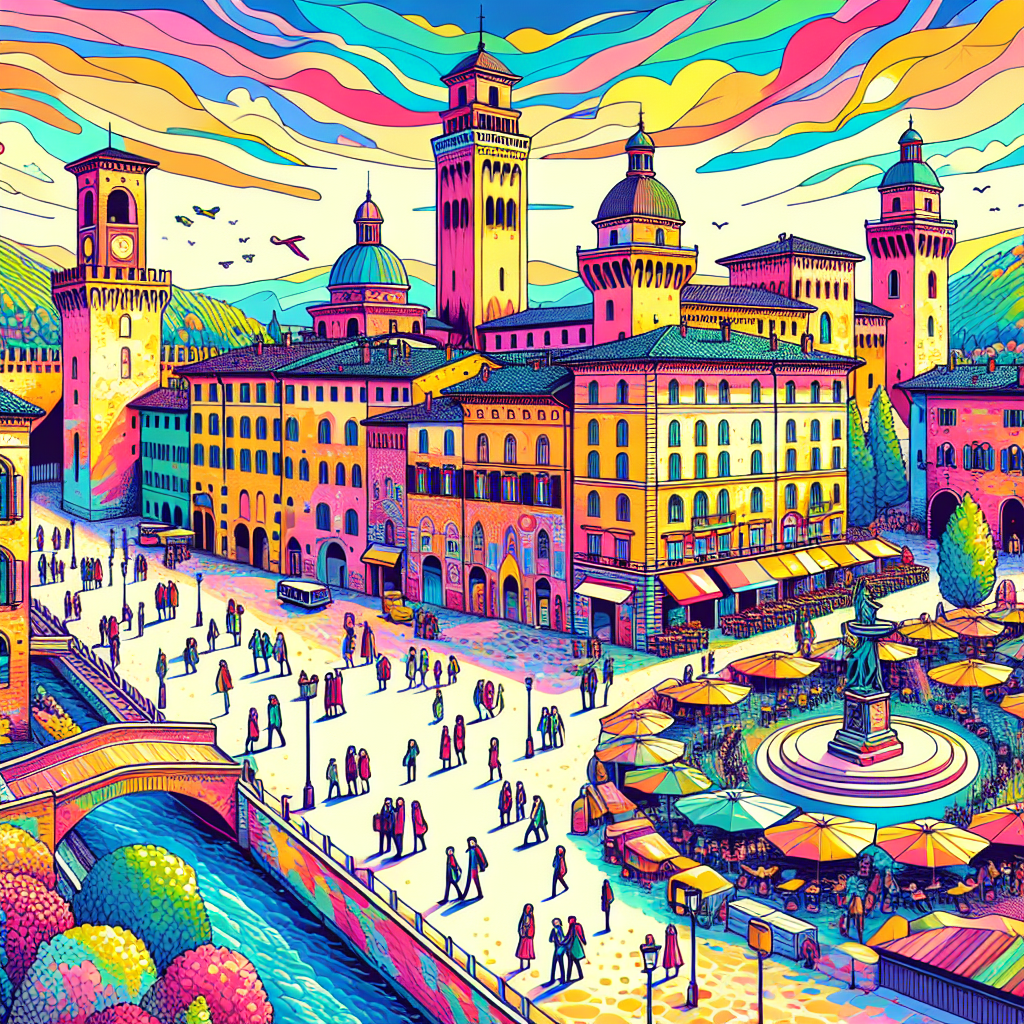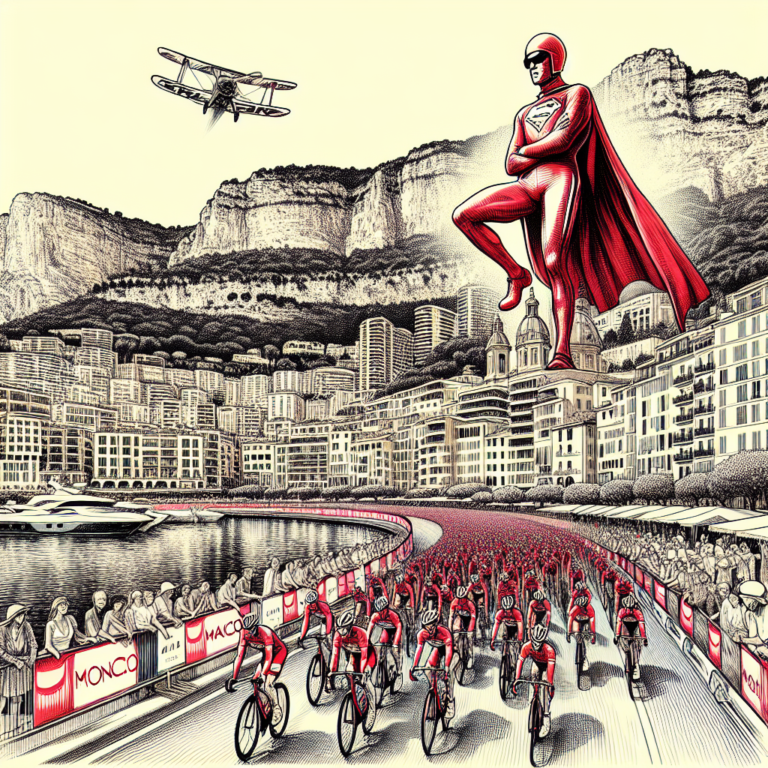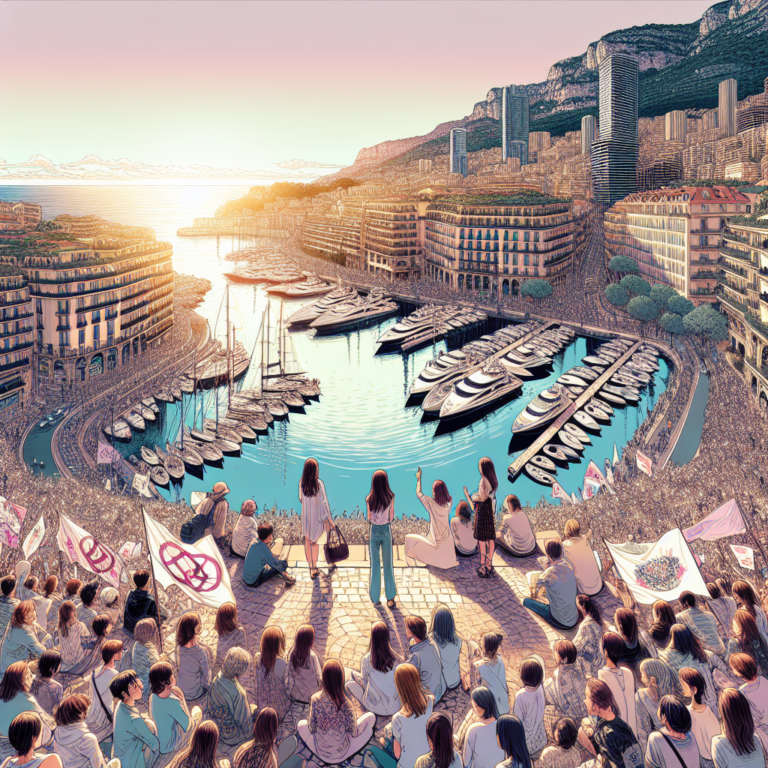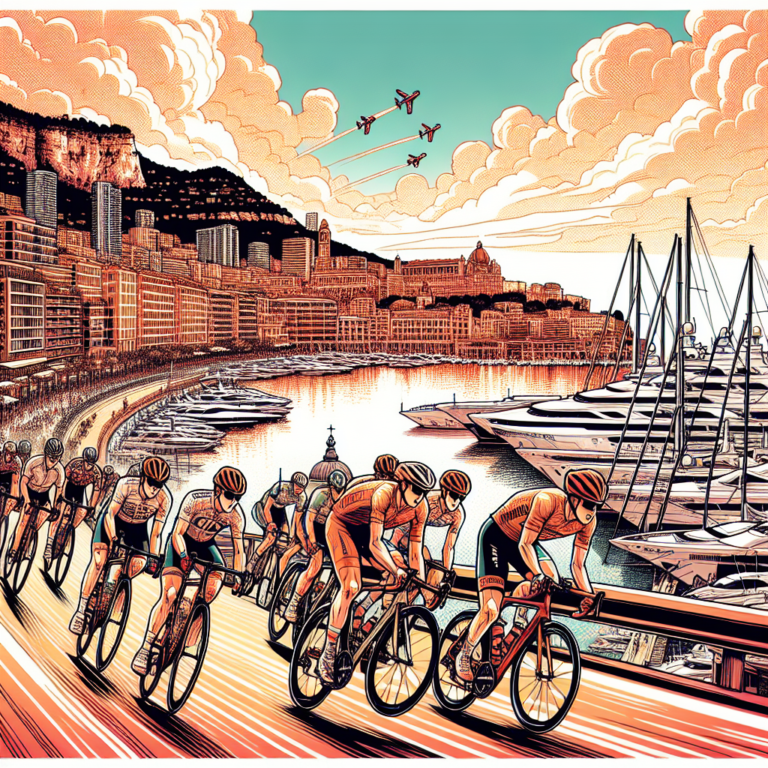Résumé:
Ferrare, a charming and lively city in the Emilia-Romagna region of Italy, offers an authentic Italian experience with its preserved medieval streets, cultural events, and rich history.
Histoire complète :
Ferrara: The Ideal City to Live In
Located just a few hours by car or train from Monaco and the French Riviera, the Emilia-Romagna region is known for being one of the centers of Italian gastronomy. Situated between the affluent Veneto region and the famous Tuscany, it offers an authentic Italian experience away from the usual tourist circuits.
After exploring the city of Parma, the Italian Chamber of Commerce in Nice has decided to showcase Ferrara, a charming small town ideally located halfway between Venice, Bologna, and Florence, in its mission to promote tourism in lesser-known destinations in Italy.
Ferrara is a serene and vibrant city at the same time. Bicycles are everywhere, thanks to its perfectly preserved Jewish ghetto, charming streets without any slopes, and picturesque views at every corner. It is said that each Ferrarese owns three bicycles. This gentle means of transportation contributes to the city’s tranquility and the serenity of its 130,000 inhabitants.
Despite its tranquility, Ferrara is an animated city that hosts various cultural and festive events throughout the year. Notable among them are the Palio, a medieval competition, the grand New Year’s pyrotechnic spectacle (Incendio del Castello), and the International Journalism Festival, where journalists and visitors from around the world gather to discuss various societal topics.
Ferrara owes much of its development to the Este family, which ruled the city for more than 400 years from 1146 to 1598. Nicolò III d’Este, in the early 15th century, put the city on the map with exceptional diplomacy, unparalleled prosperity, and hosting the ecumenical council of Pope Eugene IV. Legend has it that Nicolò III, known for his romantic escapades, fathered more than 800 children, and today, the inhabitants of the surrounding area are said to be direct descendants of him.
His legitimate son, Borso d’Este, continued the city’s expansion and enrichment, receiving the cities of Modena and Reggio and being appointed duke by the Pope. Another son of Nicolò III, Ercole I d’Este, modernized the city according to Renaissance canons. To accommodate the growing population, four new neighborhoods were built around a central point: the Palazzo dei Diamanti. As a precursor to modern urban planning, the new city was designed with perpendicular streets.
The city’s medieval and Renaissance history is evident in the impressive city walls that still surround Ferrara. Although they have lost their defensive function, they have now been transformed into green spaces where residents and visitors can walk or ride bicycles. These 8 km of walls have become the city’s green lungs.
The Este Castle acts as a beacon in the city and is a reference point for all Ferrarese. Majestic and imposing, this fortress stands in the middle of preserved moats. The prisons located beneath the castle, at water level, housed many prisoners, including Niccolò III’s own son, Ugo, who had the misfortune of having an affair with his father’s wife, who was the same age as him. The prisons are infamous for their unsanitary conditions, lack of light, and the risk of prisoners drowning due to flooding.
Another gem of the city is the Schifanoia Palace, expanded by Borso d’Este to celebrate his new title of duke. Its Hall of the Months, 500 meters long, is adorned with frescoes representing the twelve months of the year and the twelve zodiac signs, a marvel of artistic creation for the occasion. The palace was intended for leisure and entertainment, hence its name (Schifanoia means “escape from boredom”). Its exterior façade was entirely painted, showcasing the family’s wealth. After the Este family relocated to Modena, the palace served as a tobacco factory and also a wood depot, thanks to its length.
The Diamond Palace, named for its facade adorned with diamond-shaped marble tips, the symbol of the Este family, is now a gallery housing numerous works of art, particularly those produced by the Ferrara school.
Originally, the Po River ran through the city, contributing to its economy with its proximity to a port. Although the Po now flows farther from the city center, the Po di Volano, one of its branches, still allows visitors to discover the city’s river heritage. A German resident of Ferrara continues the tradition by organizing excursions aboard the Nena, a former Venetian vaporetto, offering an enchanting boat ride on the Po. The cruise allows visitors to explore the rich flora and fauna of the riverbanks, while listening to local stories and legends.
Ferrara’s gastronomy is not to be missed. Like the rest of the region, the city offers delicious and authentic dishes. Among the local specialties, Capellaci di zucca (pumpkin ravioli) and the original Pasticcio ferrarese (a pie with pasta, mushrooms, and truffles) are a must-try.
To enjoy one of the best gelatos in Italy, head to the K2 ice cream parlor on Via Armari. Guaranteed delight.
With its rich historical heritage, exceptional quality of life, and preserved authenticity, Ferrara deserves the title of “ideal city.” Away from the tourist crowds, it offers a unique and memorable experience. Whether for its monuments, cultural events, or gastronomy, Ferrara is a destination to discover for those who seek to explore a different and more intimate side of Italy.
For more information on the city and its activities, visit Visit Ferrara.
Source:
Monaco Tribune






